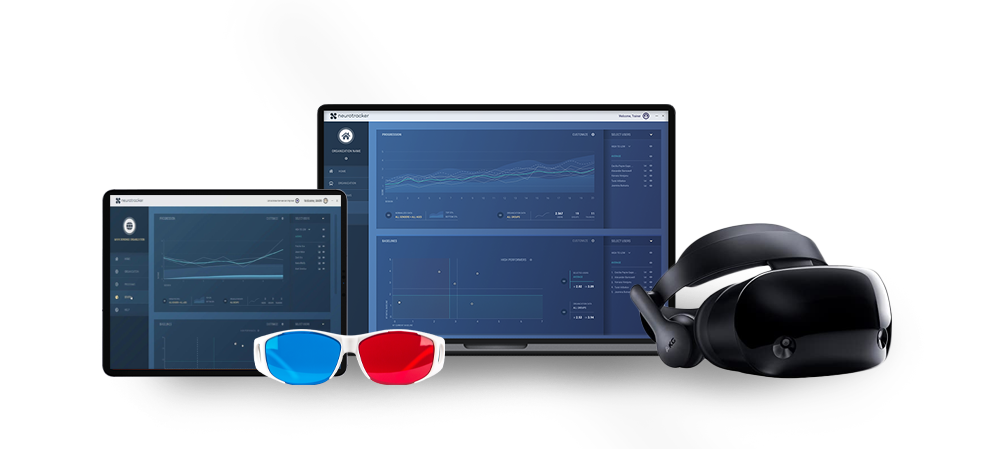

“Is there some training or shared knowledge that we could pull out that can quantify that gut response?” she says. Instead of having soldiers use words, previous experiences, or gut feelings to describe possible threats in the environment, Vittel thinks researchers might be able to harness brain data from multiple soldiers. The thing she’s really excited about, though, is even farther off. “Maybe we only send the images that the algorithm is unsure of to soldiers, to resolve the ambiguity,” Vettel says. That’s when the human gets back into the loop. Of course, the computer can’t determine whether it’s an ISIS redoubt or a village school. The idea is to use these scans to form an algorithm that would let a computer narrow down a battlefield map and find something that looks like a structure more quickly. “But we need human expertise to tell whether they are a threat or not.”
:max_bytes(150000):strip_icc()/004_Screenshare_Discord-855e4d68585d43f4b280278b6d12a2f4.jpg)
“We have more images than we have soldiers to look at them,” Vettel says. Jean Vettel, a neuroscientist at the Army Research Lab at Aberdeen Proving Ground, is running experiments like putting EEG helmets on soldiers to record which part of their brains activate when they see possible enemy hideouts in pictures of a battlefield. Meanwhile, brain training isn’t the military’s only idea for helping humans with cognitive load. “Then we can look to see how we can adopt it as a training mechanism.” “An important idea is that the extent to which the actual neural structures you are targeting overlap with areas you are training.” In other words, does the brain light up the same way in both the simulation and real-world situations? “At the moment we have a number of studies trying to see whether Neurotracker has beneficial effects and how reliable they are across samples,” he says. “Lots of tasks train your ability to override distractions,” Vartanian says. That might come in handy when you’re trying to shoot someone who’s trying to shoot you, or trying to hold a three-way conversation on a satphone while scrambling across a desert mountaintop. While it doesn’t seem like much, Oshin Vartanian, an experimental psychologist at the University of Toronto, says repeated use of the game over time does seem to boost concentration in his test subjects, and that they can carry that over to other tasks outside the lab. This content can also be viewed on the site it originates from. They are also looking more scientifically at which brains might be best suited for certain tasks-say, remotely piloting a drone for hours on end-versus others, such as deciding who in your platoon is going to be the most successful at capturing the house next door. Right now, most of the work is still only in the lab, but researchers predict that soon army bases will have “cognitive gyms” where off-duty fighters can flex their gray matter with a tests designed to increase short-term memory, boost their ability to deal with multiple things at once-that’s called “cognitive load”-and maybe even get better at shooting their weapons. Military leaders, aware that troops face ever-more complicated threats and ever-more complicated gear, are starting to think that brain training might be just as important as pushups.Īt the recent “Mad Scientist” talks at Fort Leavenworth, and in white papers like the Army’s Human Dimensions Concept report (PDF), psychologists and neuroscientists who work with the military are starting to borrow the sports/trauma playbook. The controversial idea that you can “train” a human brain to get smarter or faster has spread through the worlds of elite athletics and brain-trauma recovery.


 0 kommentar(er)
0 kommentar(er)
